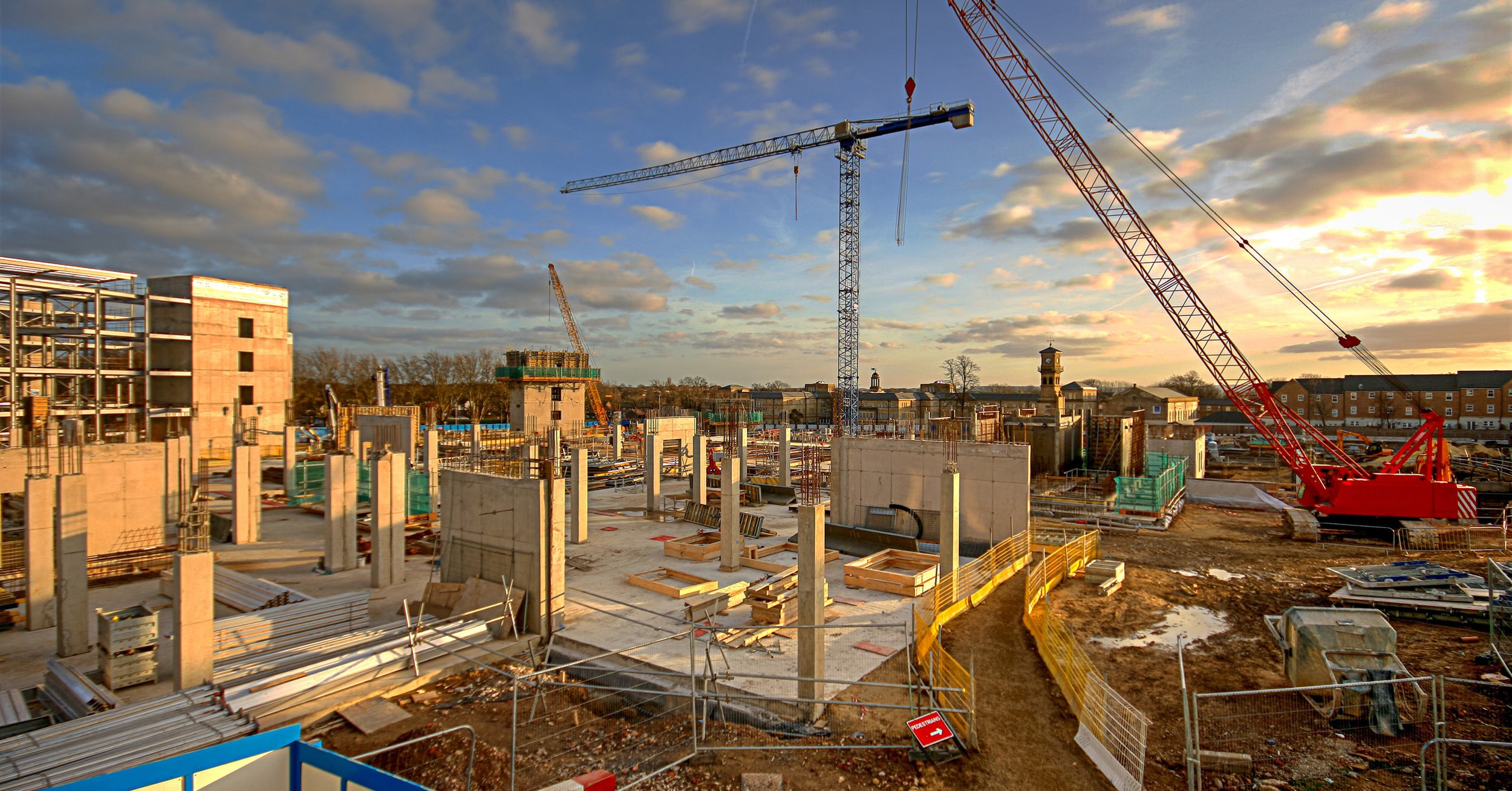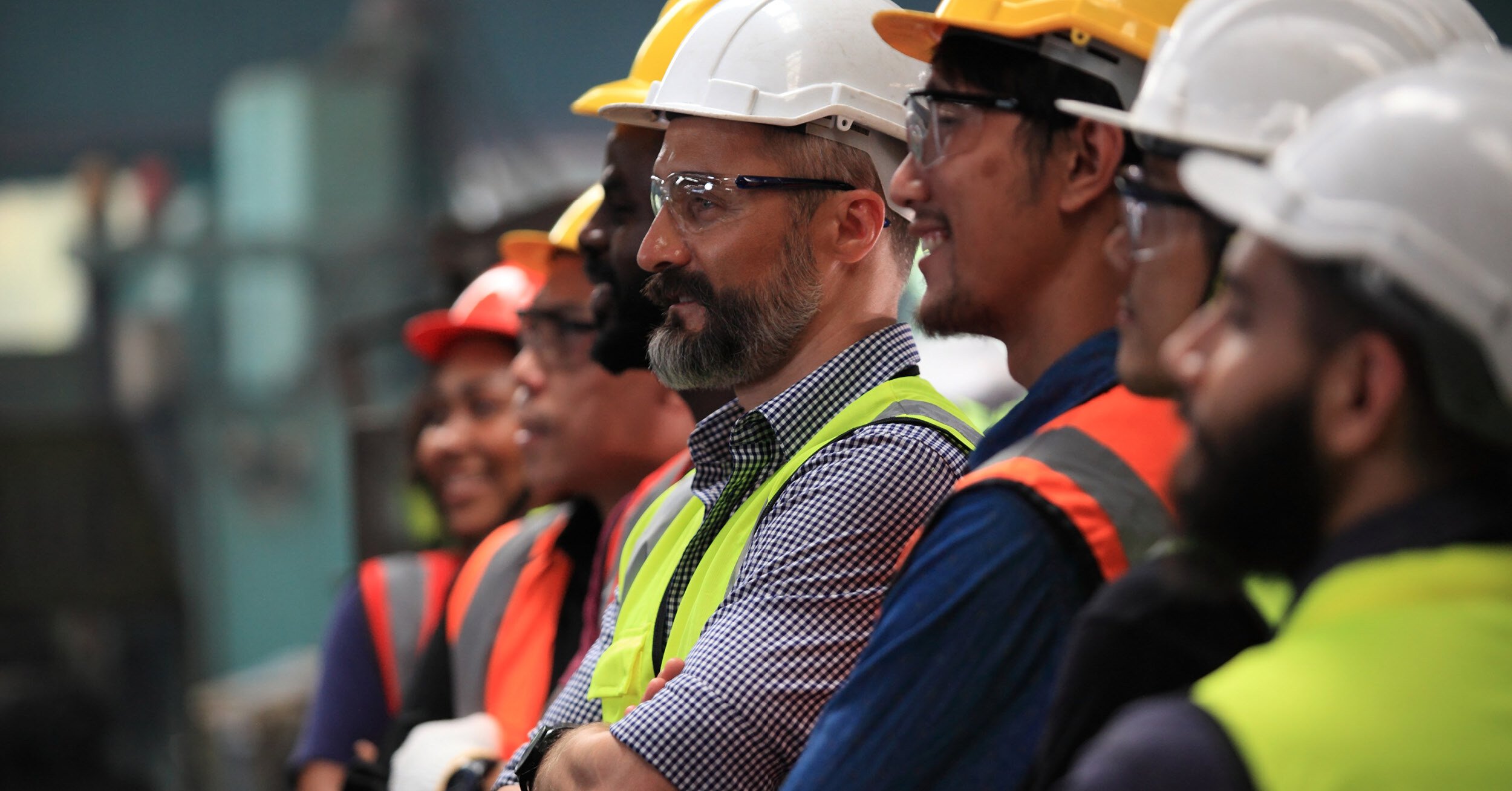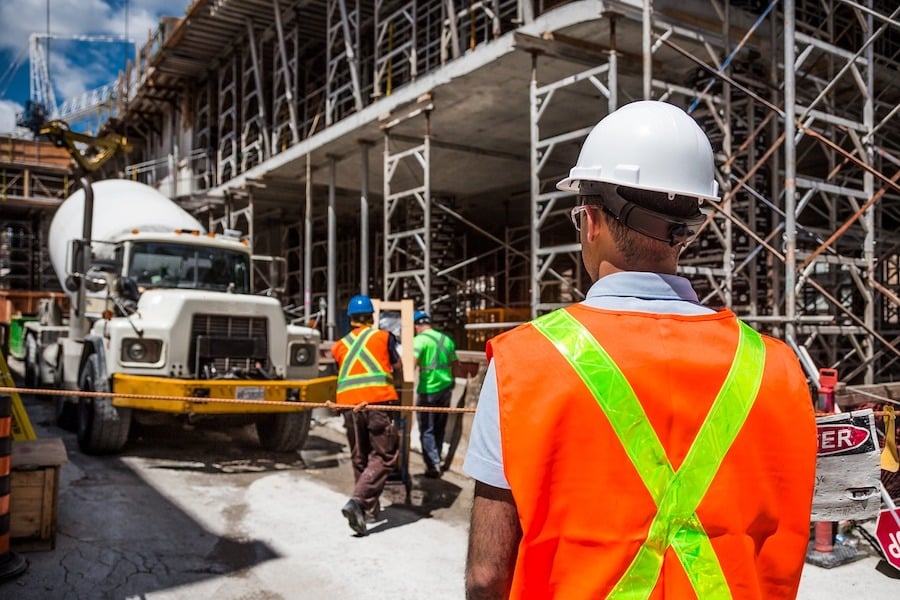Best Practices to Avoid Construction Cost Overruns
October 9th, 2019
3 min. read

Commercial construction jobs can span months and even years from concept to completion. When the initial bid is submitted, it’s nearly impossible to forecast potential changes in material costs and labor over the duration of the project.
It’s also impossible to forecast the weather which is a root cause contributing to 60 percent of cost overruns in construction projects worldwide. For some construction companies, it can feel like a guessing game where avoiding budget overruns seems inevitable.
There are several best practices, however, that can help mitigate the risks of cost overruns and their implications.
Establish Clear Contracts
Good contractors don’t sit back and wait for a property owner or developer to issue a contract. Instead, they work closely together to outline goals and expectations so that both parties are protected in case of unexpected events.
Commercial contracts are lengthy and contain everything necessary for the proper execution and completion of the work, including roles, timelines, budget, project scope and responsibilities of the owner, contractor and subcontractors. Make sure everyone’s on the same page from day one, which will help the project run more smoothly and minimize surprises later.
An often confusing portion of a construction contract is the section outlining insurance requirements. Be sure to run any contract language pertaining to insurance past your insurance agent or risk advisor to ensure you’re properly covered prior to signing the contract, as many contracts require exclusions, provisions, waivers or higher limits than what your policy may provide.
Avoid Contract Compliance Oversights – Get the Guide!
Document Project Scope Change
It’s inevitable that adjustments to specifications and change orders will occur. Did the developer decide he wants a different laminate surface throughout the facility? Not a problem, but let’s document it, issue a revised materials list, contact the subcontractor, and account for the added time and expense (including any consequential restocking fees or specialty application costs).
When changes occur, it’s not only important to account for changes to the budget; it’s also critical to communicate those changes to any affected parties and to have them sign off on those revisions. That requires more than a conversation and a handshake; it’s essential to have written documentation. Timely and accurate record-keeping is key to mitigating the risk of legal battles or having various parties disputing charges down the road.
Improve Project Management
Many industries have benefited from a continuous improvement mindset and Lean initiatives, and construction companies are catching on to the fact that these same strategies can improve efficiencies and productivity on the jobsite as well.
Kristin Hill, Director of Education at Lean Construction Institute, says that “big successes — finishing projects as much as three or four months ahead of schedule, boosting trade productivity by as much as 200 percent, winning over the seasoned superintendents — are well within the realm of possibility.”
Certainly, project management software helps to keep things on track, but improving outcomes requires a dedicated effort by leadership and laborers alike. If your company has yet to adopt Lean practices, consider empowering a dedicated crew that is eager to adopt the methodology and is willing to be a champion for reducing waste and finding better ways of doing things. When their ideas get implemented and show results, it fuels others to want to participate.
Hire Qualified & Trusted Subcontractors
After years in the construction industry, your company likely has a list of subcontractors who have been go-to resources for specialized project needs (e.g., electricians, masons, plumbers, cabinet makers, roofers, etc). As younger generations pursue fewer skilled trades and more tenured employees retire, some subcontractors may struggle to keep up with heightened demands. Add to this the learning curve to adopt new technologies and the challenge becomes even greater.
Assess your list of subcontractors with each new project to ensure they’re still the right choice for the job, and confirm that they still have the skills and capacity to get the job done right and on time. Does the project include newer green building requirements that fall outside the expertise of your crew or subcontractors you’ve worked with before? Is their equipment still reliable? Do they maintain a good safety record and secure proper insurance? Are they willing to sign a contract saying so?
Know which questions to ask when hiring subcontractors and don’t assume just because subcontractors met expectations in the past that they’ll be able to do it again. Always insist on a new written agreement that is specific to the job to help avoid delays and overruns in the future.
Expect the Unexpected
The causes of delays — and subsequent cost overruns — in large-scale construction projects is varied, from change orders and inclement weather to financial issues or disruptions in the supply chain. It’s not unheard of for construction companies to unearth surprises once construction begins that weren’t on anyone’s radar.
Such was the case for a hotel construction project in Austin, Texas when excavation crews hit an underground spring that, once tapped, kept filling the site with water as quickly as crews could pump it out. The discovery brought with it many other issues, including compliance with groundwater regulations, specialty equipment needs, added labor costs and more.
Build allowances for natural disasters and the unexpected into your contracts and have a system in place to handle them. This requires thinking through many “what-if” scenarios, planning ahead and communicating with all involved parties — all crucial elements of an effective business continuity plan.
Avoiding cost overruns requires keeping tabs on every aspect of a project from the moment an RFP is issued until the building is occupied. You have the power to ensure a project’s success through proper planning and mitigating risks throughout the building process. Remember to access our complimentary Guide to Avoiding Construction Contract Compliance Oversights below and contact our team of strategic risk advisors to review your contracts and build upon your success.
Paul Kaster, JD, MBA, Legal Counsel & Compliance
In his dual role as both legal counsel and compliance officer, Paul provides guidance to our clients on contracts, insurance claims and regulatory compliance. His legal career includes more than 15 years in private law practice and his business career has spanned a variety of industries throughout the Midwest and Southeastern U.S. Paul’s legal experience has included serving as in-house counsel and has covered insurance, construction, litigation, and compliance. He is also a strategic partner to clients on issues related to operations, risk management and business strategy with a demonstrated history of success. He is able to direct high level legal strategic planning and operational initiatives for process improvement through Lean management, M&A, implementation, P&L, budgeting and expansion. At McClone he coaches and empowers both employees and clients to reach their highest potential. Paul holds a bachelor’s degree in political science from the University of Minnesota and an MBA from the Carlson School of Business at U of M. He also has a JD from the Mitchell Hamline School of Law. Paul is very active in the community having served on boards and advisory committees for organizations such as Literacy Green Bay, St. Norbert’s College and Golden House, Inc., a domestic abuse program and shelter.
Topics:











